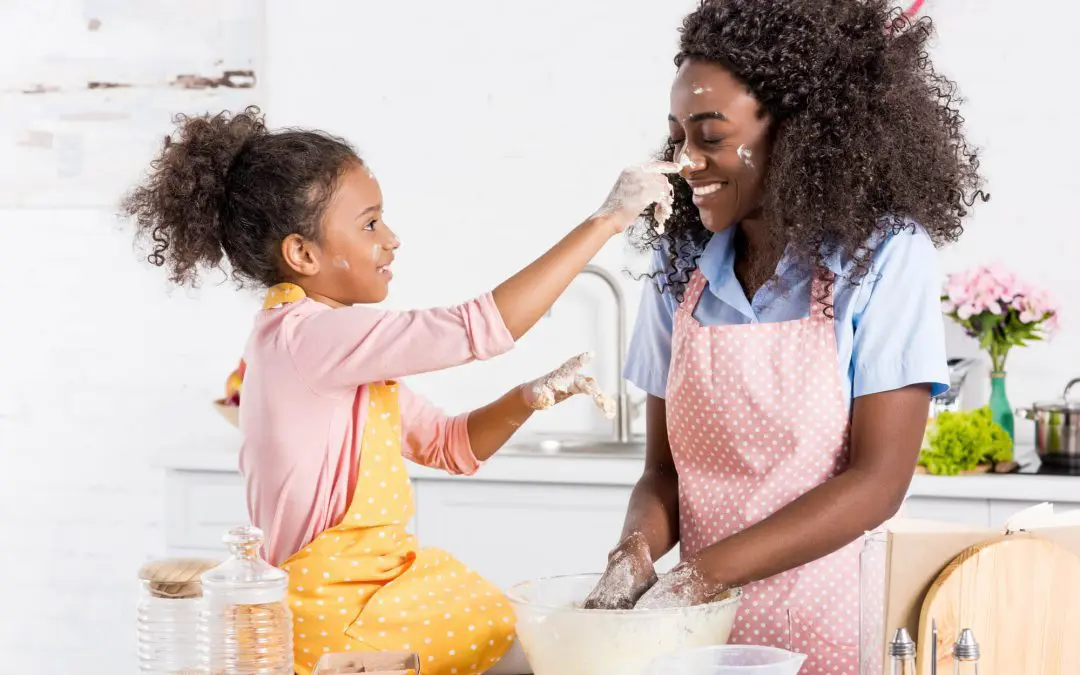The kitchen is often considered the heart of the home, where delicious meals are prepared, and fond memories are created. However, it is also a place where accidents can happen if proper safety measures are not in place. Kitchen safety measures protect yourself and your loved ones from potential hazards. In this article, we will explore essential tips and guidelines to create a safe cooking environment.
1. Kitchen Safety: Keep it Clean and Tidy
Keeping the kitchen clutter-free makes it safer. Ensure countertops, floors, and cooking surfaces are clean and free of spills. Regularly clean up crumbs and spills to prevent slips and falls.
2. Fire Safety
Cooking fires are a common cause of accidents in the kitchen. Keep a fire extinguisher within reach, and make sure everyone in the household knows how to use it. Avoid leaving cooking unattended, and keep flammable items such as dish towels and oven mitts away from open flames.
3. Proper Handling of Knives and Kitchen Safety
Always use sharp knives and handle them with care. Dull knives can be more dangerous than sharp ones. Store knives in a designated block or magnetic strip to prevent accidents when reaching for them. When cutting, use a stable cutting board and pay attention to your hand placement.
4. Safe Food Handling
Cross-contamination can lead to foodborne illnesses. Wash hands thoroughly before handling food, and use separate cutting boards for raw meat, poultry, and vegetables. Cook meats to the recommended internal temperatures to kill harmful bacteria.
5. Electrical Safety and Kitchen Safety
Check electrical cords and outlets regularly for signs of damage. Avoid overloading outlets and extension cords. Unplug small appliances when not in use, and keep them away from water sources to prevent electric shocks.
6. Childproofing the Kitchen
If you have children, take extra precautions to childproof the kitchen. Install safety latches on cabinets and drawers containing sharp objects or potentially harmful substances. Keep pot handles turned inward on the stove to prevent children from grabbing them.
7. Properly Ventilate
Adequate ventilation is essential to remove cooking fumes and prevent the buildup of harmful gases. Use exhaust fans, open windows, and invest in a quality range hood to maintain a healthy indoor air quality.
8. Secure Non-Slip Mats
Place non-slip mats in front of the sink and stove to prevent slipping on wet surfaces. This is especially important in households with elderly family members or young children.
9. Be Mindful of Clothing
Avoid loose-fitting clothing that can easily catch fire or get caught on handles or knobs. Opt for short or rolled-up sleeves when cooking over an open flame.
10. Emergency Preparedness and Kitchen Safety
Familiarize yourself and your family with emergency procedures. Know the location of fire exits, have emergency contact numbers readily available, and discuss a family evacuation plan in case of a fire or other emergencies.
Maintaining kitchen safety at home is a responsibility that should not be taken lightly. By implementing these guidelines, you can create a secure and enjoyable cooking environment for yourself and your loved ones. Remember, a few simple precautions can go a long way in preventing accidents and ensuring that the kitchen remains a place of joy and nourishment for everyone.
Food Safety FAQs
How often should I clean my kitchen surfaces to maintain food safety?
Regularly clean and sanitize kitchen surfaces, utensils, and cutting boards. Aim for at least once a day or more frequently if handling raw meats or after preparing certain foods.
What is the recommended refrigerator temperature for food safety?
Keep your refrigerator at 40°F (4°C) or below to slow the growth of bacteria.
Should I thaw frozen food at room temperature?
No, it is unsafe to thaw food at room temperature. Thaw food in the refrigerator, under cold running water, or in the microwave. Avoid thawing at room temperature to prevent bacterial growth.
Are there specific guidelines for handling and storing raw meats in the refrigerator?
Store raw meats on the bottom shelf of the refrigerator to prevent juices from contaminating other foods. Use leak-proof containers and keep them separate from ready-to-eat items. Follow recommended storage times to ensure freshness and safety.
How can I ensure the safety of eggs and egg-based dishes?
Purchase pasteurized eggs and cook eggs thoroughly until both the yolk and white are firm. Avoid recipes that use raw or undercooked eggs for vulnerable populations like young children, pregnant women, and the elderly.
What precautions should be taken when grilling to ensure food safety?
Preheat the grill, cook meats to the recommended internal temperatures, and use separate plates and utensils for raw and cooked meat. Avoid partially cooking meat and finishing later to prevent bacterial growth.
M&T Inspection Services provides inspections to homebuyers and sellers in Indianapolis. Contact us to request an appointment for our services.

